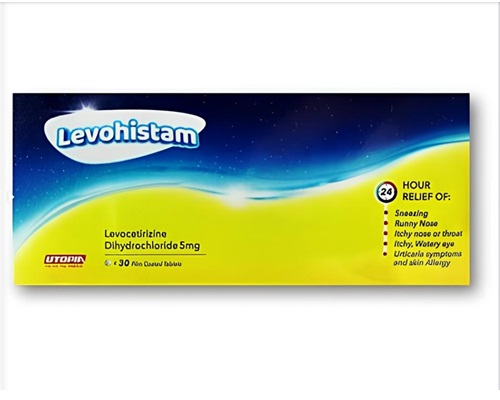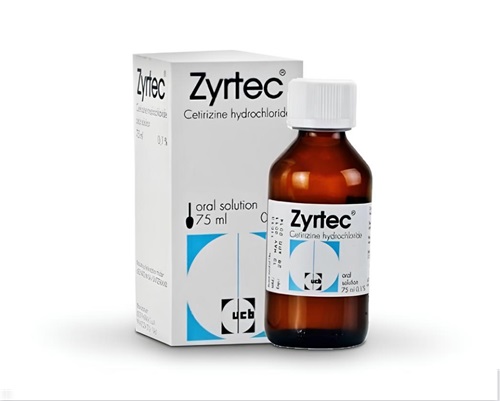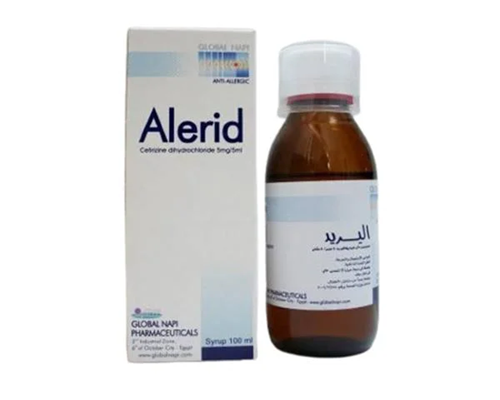Description
Trade name:
Triactin
Composition:
Each tablet contains:
Cyproheptadine hydrochloride 4 mg
Properties:
It is a blocker of histamine H1 receptors, also exhibits m-anticholinergic and antiserotonin activity. Prevents the development and alleviates the course of allergic reactions. It also has antipruritic, antiexudative, anticholinergic and sedative effects. The drug stimulates appetite, blocks hypersecretion of somatotropin in acromegaly and secretion of ACTH in Itsenko-Cushing syndrome.
Indications:
– acute and chronic urticaria, serum sickness, hay fever, vasomotor rhinitis;
– toxicoderma, itching, eczema, eczematous dermatitis, contact dermatitis, atopic dermatitis, angioedema, insect bites;
– neurodermatitis;
– headaches of vascular etiology (migraine, histamine headache);
– anorexia of various origins (anorexia nervosa, idiopathic anorexia) and states of exhaustion (post-infectious state, convalescence, chronic diseases).
Method of administration and dosage:
Adults: 1 tablet 2-3 times a day. Maximum daily dose: 8 tablets.
Children 7-14 years old: 1 tablet 2-3 times a day. Maximum daily dose is 4 tablets.
Contraindications:
– hypersensitivity to the drug;
– closed-angle glaucoma;
– benign prostatic hyperplasia;
– children under 2 years of age;
– predisposition to edema;
– urinary retention;
– concomitant use with MAO inhibitors;
– pregnancy;
– lactation period.
Precautions:
It can be used together with narcotic analgesics, anxiolytics (under strict medical supervision) for complex preoperative preparation of patients, since the drug not only potentiates the effect of simultaneously used drugs, but also prevents the development of undesirable effects of histamine (arterial hypotension, bronchospasm), released as a result of tissue trauma during surgery.
Effect on the ability to drive vehicles and operate machinery:
During treatmenTrade name:
Triactin
Composition:
Each tablet contains:
Cyproheptadine hydrochloride 4 mg
Properties:
It is a blocker of histamine H1 receptors, also exhibits m-anticholinergic and antiserotonin activity. Prevents the development and alleviates the course of allergic reactions. It also has antipruritic, antiexudative, anticholinergic and sedative effects. The drug stimulates appetite, blocks hypersecretion of somatotropin in acromegaly and secretion of ACTH in Itsenko-Cushing syndrome.
Indications:
– acute and chronic urticaria, serum sickness, hay fever, vasomotor rhinitis;
– toxicoderma, itching, eczema, eczematous dermatitis, contact dermatitis, atopic dermatitis, angioedema, insect bites;
– neurodermatitis;
– headaches of vascular etiology (migraine, histamine headache);
– anorexia of various origins (anorexia nervosa, idiopathic anorexia) and states of exhaustion (post-infectious state, convalescence, chronic diseases).
Method of administration and dosage:
Adults: 1 tablet 2-3 times a day. Maximum daily dose: 8 tablets.
Children 7-14 years old: 1 tablet 2-3 times a day. Maximum daily dose is 4 tablets.
Contraindications:
– hypersensitivity to the drug;
– closed-angle glaucoma;
– benign prostatic hyperplasia;
– children under 2 years of age;
– predisposition to edema;
– urinary retention;
– concomitant use with MAO inhibitors;
– pregnancy;
– lactation period.
Precautions:
It can be used together with narcotic analgesics, anxiolytics (under strict medical supervision) for complex preoperative preparation of patients, since the drug not only potentiates the effect of simultaneously used drugs, but also prevents the development of undesirable effects of histamine (arterial hypotension, bronchospasm), released as a result of tissue trauma during surgery.
Effect on the ability to drive vehicles and operate machinery:
During treatment with Triactin, patients are advised to refrain from driving vehicles and operating machinery, as well as performing work associated with increased risk.
Side effects:
Transient drowsiness, which rarely requires discontinuation of the drug.
Less common are dry mouth, anxiety, confusion, ataxia, visual hallucinations, dizziness, nausea, skin rashes, agitation, headache.
Storage method:
Store at a temperature not exceeding 30 degrees.
Packaging:
A cardboard box contains 2 blisters of 10 tablets, paper instructions.t with Triactin, patients are advised to refrain from driving vehicles and operating machinery, as well as performing work associated with increased risk.
Side effects:
Transient drowsiness, which rarely requires discontinuation of the drug.
Less common are dry mouth, anxiety, confusion, ataxia, visual hallucinations, dizziness, nausea, skin rashes, agitation, headache.
Storage method:
Store at a temperature not exceeding 30 degrees.
Packaging:
A cardboard box contains 2 blisters of 10 tablets, paper instructions.









